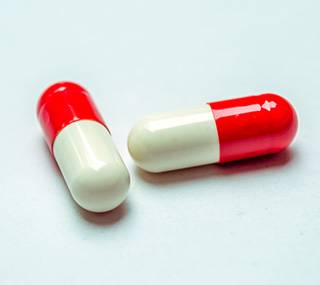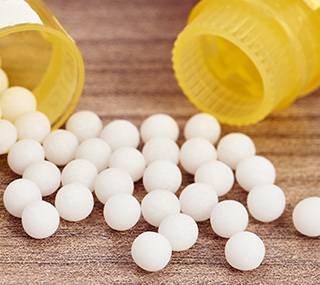Paediatric medicines
ANSM is tasked with improving the treatment process for children and adolescents (from birth to 17 years inclusive), and monitoring the safety of health products intended for this cohort. It provides expertise during medicine development, both at national and European levels.
Medicines to be developed for children and adolescents
Sometimes, medicines originally designed for adults are prescribed for children and adolescents, with adjustments to the dose, duration, or mode of administration. Some medicines have not been assessed, nor have the received authorisation for use in these age-groups. This is due to the challenges of conducting research on children and adolescents, including ethical, logistical, technical, and financial constraints.However, such adaptations dosage, duration, or administration method may alter the medicine's effect (reduced efficacy), or lead to adverse reactions (some potentially hazardous). Therefore, it is necessary to ensure the safety of children and adolescents, and the efficacy of a medicine intended for children or adolescents, by promoting research and development of new medicines tailored to their age-group. To meet these needs, a European regulation has been adopted.
European Regulation on medicinal products for paediatric use
Since 2007, the development of medicines intended for children and adolescents up to and including 17 years old, has been governed by the European Regulation (EC No 1901/2006) on medicinal products for paediatric use.This Regulation aims to:
- encourage pharmaceutical companies to develop medicines for children and adolescents;
- facilitate the development of medicines for children and adolescents;
- ensure the safety of these medicines;
- improve the available information on the use of medicines for children and adolescents;
- ensure that research is ethical, of high quality, and complies with regulatory requirements.
European Paediatric Committee (PDCO)
The PDCO is responsible for all matters related to medicines used for children and adolescents at both the European and national levels, accross each of the EU Member States.It comprises representatives from each EU Member State, and medical and patient associations. France is represented by two permanent members designated by ANSM (“Delegate” and “Alternate”).
The PDCO participates in the development and assessment of medicines tailored for children and adolescents. It determines the research required to authorise the use of a medicine, verifies that studies comply with the paediatric research framework, and assesses dossiers submitted by pharmaceutical companies (PIPs).
Paediatric Investigation Plan (PIP)
A PIP comprises a comprehensive research and development plan, including all the preclinical studies (prior to administration to humans: in vitro and in vivo on animals) and clinical studies (in vivo on humans) envisaged by pharmaceutical companies. These studies will be used to assess the quality, safety, and efficacy of the medicine in children and adolescents. If the medicine demonstrates that it is effective and that it can be used safely, it may be granted a marketing authorisation (MA) and be marketed. Prior to any MA application, a PIP must be submitted to and approved by the PDCO, and subsequently implemented in advance of the MA application for a specific disease and indication (except in case of clinical trial deferrals, which are sometimes approved).ANSM’s role and actions
A wide range of topics are adressed within the Agency, in order to ensure that children and adolescents receive quality and safe care. To this end, working groups hold meetings to discuss with healthcare professionals and patient representatives, particularly within the Paediatric Standing Scientific Committee.Ensuring safety and improving care for children and adolescents
The Agency is responsible for:- Providing information related to therapeutic needs, and paediatric medicines;
- Providing scientific or regulatory opinions on matters associated with paediatric medicines;
- Monitoring medicin-induced reactions (pharmacovigilance, including post-marketing monitoring and misuse);
- Assessing research dossiers in respect of children and adolescents (Paediatric Investigation Plan (PIP));
- Ensuring compliance with the framework for research on the paediatric cohort;
- Reviewing:
- Marketing authorisation (MA) applications;
- Applications for early and special access to medicines for children and adolescents).
Supporting innovation
On a European level, we support pharmaceutical companies and healthcare professionals in the development of medicines tailored to children and adolescents.In 2017, the European Commission published a paper on the progress made since European Regulation (EC No 1901/2006) came into force. Improvements were noted:
- Increase in research on paediatric cohorts (+50% increase in clinical trials registered in the European database, from 8.3% in 2007 to 12.4% in 2016);
- Increase in the number of medicines authorised for children and adolescents (+60% increase in PIP finalised in the last three years, and 260 medicines authorised for children and adolescents between 2006 and 2017, according to the European Commission report);
- Improved communication on paediatric medicine-related topics targeted at patient and healthcare professionals.







